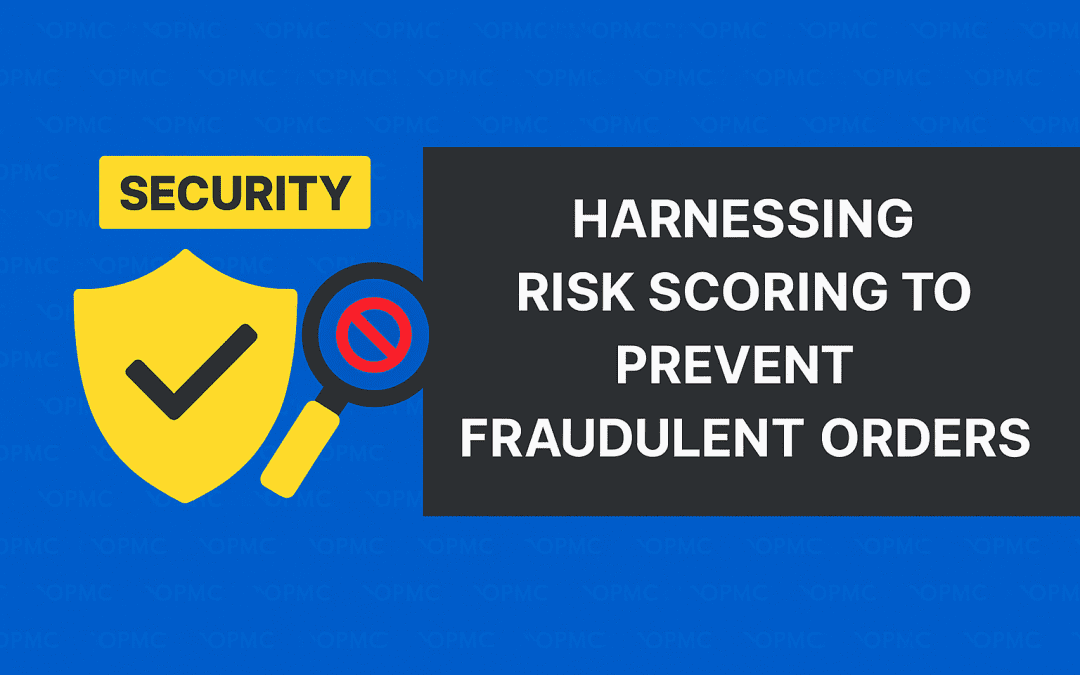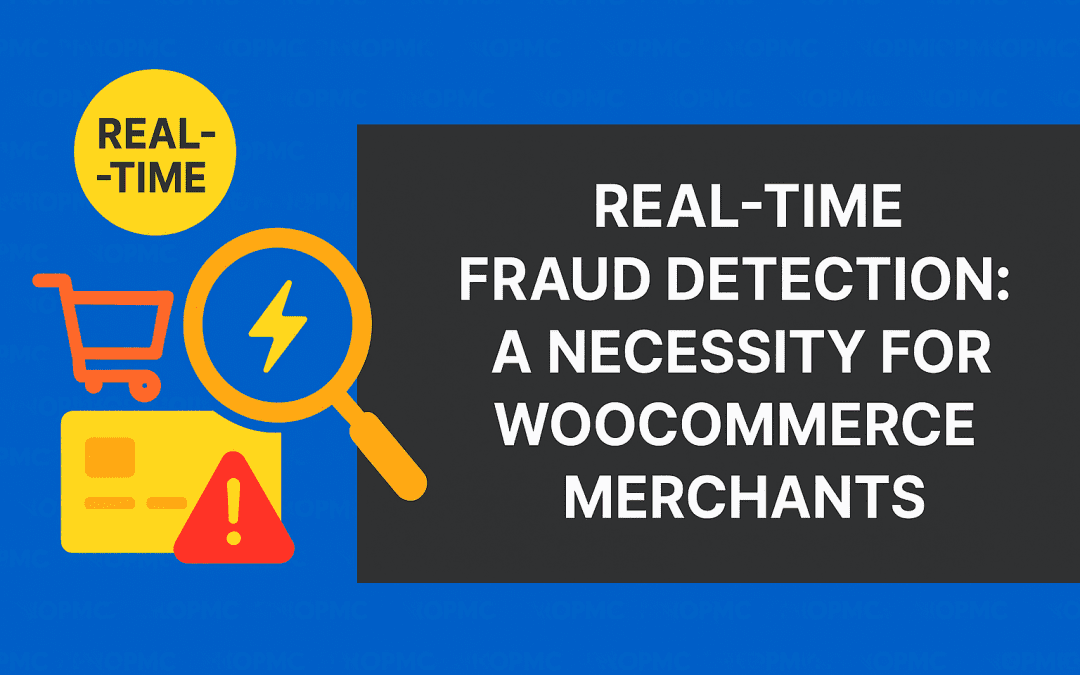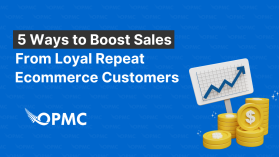Your eCommerce businesses will constantly grow and evolve as the demands from markets and consumers shift. The last thing you want to be stuck with is an old-fashioned accounting system that doesn’t work for your business as you scale. Instead, you need a comprehensive eCommerce business accounting solution that matches the ever-changing, fast-paced online marketplace.
If you want to keep up with the times, it’s time to update your accounting system and make sure it works with an eCommerce platform like WooCommerce. Here are some of our top tips on how to improve your eCommerce business accounting so nothing is missed and you have an accurate report of your funds for decision-making.
What is WooCommerce?
WooCommerce is an open-source eCommerce plugin for WordPress that allows you to sell anything from anywhere. It is the most popular eCommerce platform in the world, powering over millions of websites with its simple and easy-to-use interface. This is partly due to the numerous integrations and customizations you can make to have your eCommerce online store up and running in only a few hours.
With WooCommerce, you can quickly build a store that features the various products you make, source from wholesalers or integrates with dropshipping suppliers. With all of that incredible functionality for your online store, it is essential you create an accounting system from the beginning of your online endeavour.
Why is Accounting Important?
Accounting is an integral part of every business. It is the record of your business income and expenses, which gives you a complete picture of what has happened in your company over time. It also helps you to manage your business and plan for the future.
The point of quality accounting is to keep detailed records that track your business performance and show how much money you need to run it each month or quarter. eCommerce business accounting allows you to stay consistent with vendor payments, employee wages, taxes, and any other expenses.
Top WooCommerce Accounting Tips
1 – Cloud Based Solution | Xero Accounting
Xero is cloud-based accounting software that is used by small businesses around the world. It’s easy to use and can help you manage your finances, track sales and expenses, pay bills, and more. You can access it from any device with an internet connection—so you can work on your business wherever you are. Having a robust cloud-based eCommerce business accounting system ensures you have the freedom to expand, scale, or delegate tasks with ease.
2 – Build a Monthly Bookkeeping Process
The second tip is to build a monthly bookkeeping process. This type of process will help you maintain a high level of accuracy in your financial reporting, which can be used to make more informed business decisions. Luckily, you can find Xero WooCommerce integration plugins that make this much more accessible by reporting data directly from your WooCommerce online store platform to your Xero cloud-based accounting. That way, everything is automated and stays updated in the background.
3 – Switch from Cash to Accrual Accounting
Cash and accrual accounting are two different methods of keeping track of your business’s financial activity. When you start an online business, you probably stick with cash accounting. This is when you record sales as soon as you receive payment for the sale, and expenses are recorded when they’re actually paid out of an account.
To scale your business, you may need to shift to accrual accounting, which considers that some sales and expenses occur over time. For example, if you sell a product on credit with monthly payments or if you have to pay taxes every quarter instead of at the end of the year. Your income statement will show profits from past transactions throughout the year rather than just at the end of each month or quarter.
4 – Track Everything (Inventory, Customers, Orders, etc.)
Your accounting software should be able to track everything. You want detailed insight into every function of your business, so you not only know what is happening but if anything needs to be tweaked to improve efficiencies and lower risk. With robust accounting software like Xero that can directly communicate with WooCommerce data, you get an integration powerful enough for data-driven decision-making. An excellent place to start is using the Xero WooCommerce integration plugin from OPMC.
5 – Create a Custom Financial Dashboard
Financial dashboards are the visual representation of your business finances. They allow you to see at a glance how your company is performing and what needs to be improved. Most ecommerce businesses have at least one type of dashboard that they use for this purpose, but it’s possible to create custom versions explicitly tailored to their needs and preferences. In this way, you can ensure that the information presented contains exactly what’s most important for making intelligent decisions about managing your ecommerce business finances.
6 – Publish Regular Financial Reports
You should publish regular financial reports for your ecommerce business. These reports are a great way to let your team and others know about your company’s health and give them an idea of what areas need attention. You can create these reports yourself or use software like Xero to do the work for you.
7 – Keep a Close Eye on Tax Deadlines
Taxes can be complex and confusing! But there are some things that you can do to make this process easier. Having your WooCommerce platform tied directly to your Xero accounting cloud-based software ensures that all critical data points are assembled, and a customized report can be generated for quarterly or annual taxes.
How to Integrate WooCommerce with Xero Accounting
There are several tools available that will help you integrate your Xero accounting software with the WooCommerce ecommerce platform. The most comprehensive that requires the least amount of technical training or knowledge is Xero WooCommerce for Business by OPMC.
This simple plugin offers numerous features that expand your ecommerce platform and support everything from transaction tracking to custom reporting for decision making. You can easily sync all of your customers, product, inventory, and categories from WooCommerce directly into Xero because the custom plugin communicates between the two services, saving you valuable time and money by automating your ecommerce business.
You can learn more by visiting OPMC and seeing all of the incredible benefits of this robust plugin solution. Hopefully, these tips for improving your WooCommerce accounting will help you grow your online business and reap more potential sales for the upcoming year.








